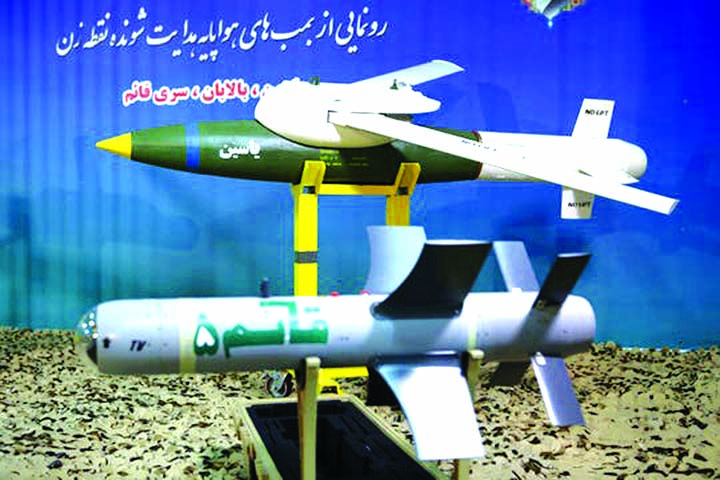
AP, Tehran :
From the vast deserts of Saudi Arabia to the crowded neighborhoods of Beirut, a drone war has taken flight across the wider Middle East, raising the stakes in the ongoing tensions between the U.S. and Iran.
Since the U.S. withdrawal from the Iran nuclear deal last year, there has been an increasing tempo of attacks and alleged threats, notably this weekend, from unmanned aircraft flown by Tehran’s and Washington’s allies in the region.
The appeal of the aircraft – they risk no pilots and can be small enough to evade air-defense systems – fueled their rapid use amid the maximum pressure campaigns of Iran and the U.S. As these strikes become more frequent, the risk of unwanted escalation becomes greater.
The U.S. military nearly launched airstrikes against Iran after a U.S. military surveillance drone was shot down in June. Meanwhile, Israeli fighter jets attack targets in Syria on an almost weekly basis, including on Saturday night. Israel’s reason for the latest bombing: To thwart what it called a planned Iranian drone strike.
Israeli aircraft then buzzed over Beirut on Sunday after allegedly losing two drones hours earlier, raising the risk of a wider conflict between it and the Lebanese militant group Hezbollah. On Sunday evening, another drone strike hit an Iran-backed paramilitary force in Iraq, killing one commander and wounding another, members of the group said. It was not immediately clear who carried out the strike.
Amid the escalation, Iranian Foreign Minister Mohammad Javad Zarif made a surprise trip Sunday to the Group of Seven summit in France, at the invitation of the French president.
The mounting tensions are rooted in the May 2018 U.S. withdrawal from Iran’s nuclear deal with world powers. Under the deal, Tehran limited its enrichment of uranium in exchange for sanctions relief. In response to Washington’s withdrawal, Iran initially sought diplomatic support from European partners still in the accord, but ever-increasing American sanctions choked off its sale of crude oil in the international market.
This May, the U.S. sent nuclear-capable B-52 bombers, fighter jets, an aircraft carrier and additional troops to the region over what it described as threats from Iran. Mysterious explosions struck oil tankers near the Strait of Hormuz.
Coordinated drone attacks followed, first from the Iranian-backed Houthi rebels of Yemen. Major attacks targeted the kingdom’s oil infrastructure – one on a crucial East-West Pipeline, the other a major facility deep in the desert of Arabian Peninsula’s Empty Quarter.
Saudi Arabia immediately tied the attacks to Iran, its longtime Mideast rival. While Iran denies arming the Houthis, the West and United Nations experts say that drones used by the rebels mirror models used by the Islamic Republic.

